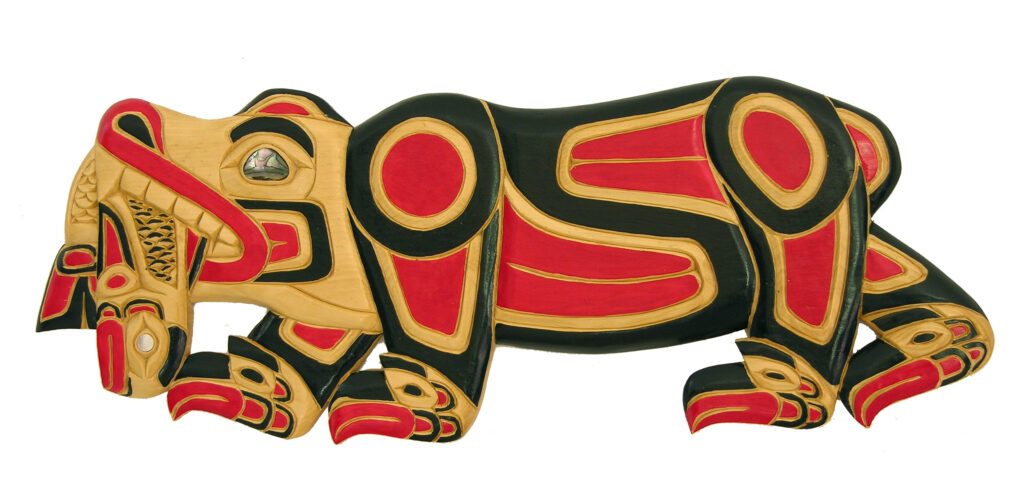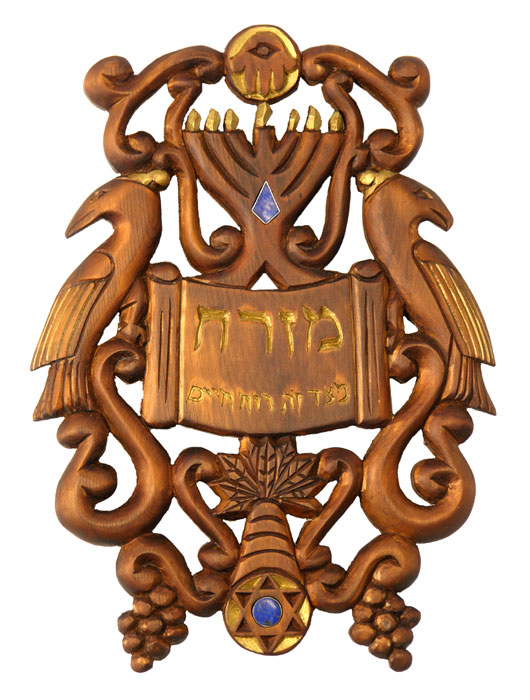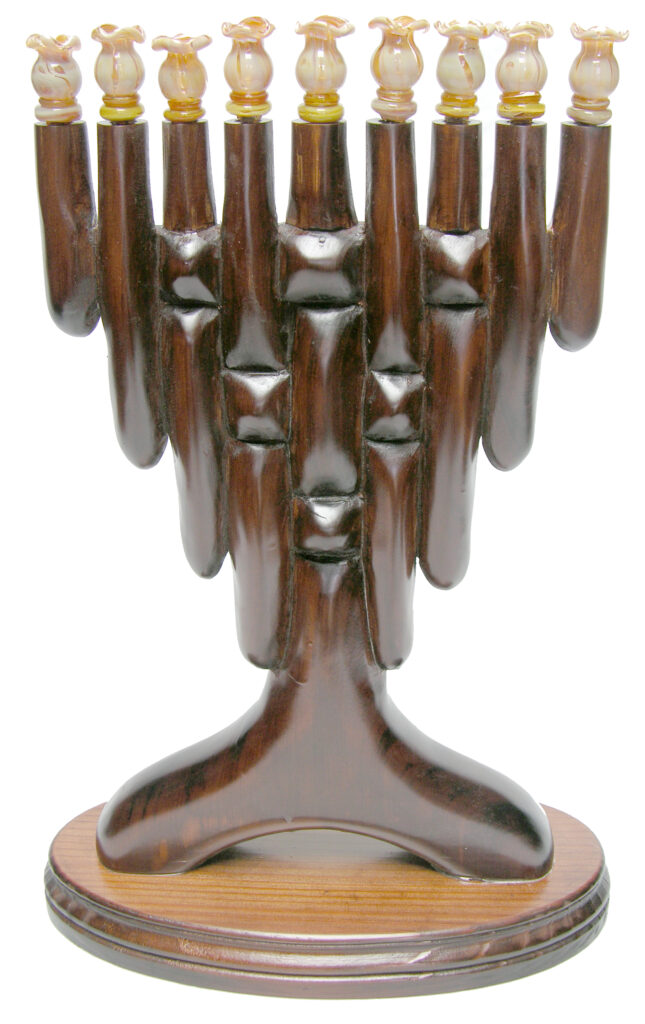Transformation Mask

I originally learned to carve from Totem Pole Carvers in Musqueam, British Columbia. Richard Campbell was my mentor. I lived on the reservation for a half a year, then stayed in the area for a couple mores years after that to continue my apprenticeship with Richard. I was part of reservation life every time I set my foot on the ground they revered as holy. I was welcomed like family, ate, drank, carved, and even slept on the couch of the studio many a late evening. Four excited first nations kids would eagerly wake me early morning.
Many an evening, we would attend a remembrance diner for an elder who passed away, gathering at the tribal center or ceremonial native ceremonial theater. Runs through the forest to jump in a stream in the middle of the winter was common. In the spring, the fisheries would open to native fishing for three days at a time. Everyone would run to the fishing boats down the river and not sleep for the entire run. The sharpest knives were reserved for filleting the salmon. Every night a barbeque and the entire family, literally the whole block, would gather for an endless feast. The bones of the first fish caught were returned to the river to assure a plentiful run in another four years, when the same run would be due to return to that same river to lay their eggs for future generations.


All the ceremony, the community interaction, and family gatherings reminded me of my own Jewish community. In fact, I often compare the reservation to the Jewish villages or even ghettos at the beginning of the Galut, diaspora. The First Nations in British Columbia have only been in contact with the rest of the world for a little over 200 years. All the land was theirs and now they live among the surrounding predominant culture in smaller “villages” called reservations. There, they turn their spoken language into a written one. They teach their children their language and culture after school, on the weekends, and in the homes. They connect with their symbols and pass their traditions down to the next generation. They preserve their history in their totem poles like the Jews with the Oral Torah. The impressive carvings and decorated masks prompt questions in the children just like the seder plate, and their ceremonial diners- the Passover meal.
Once I fully recognized that, it was natural to make the shift into making Jewish Ceremonial Art. I was doing exactly what Jewish artisans have been doing through the Galut, which is to use the tools, materials, and most importantly local knowledge available to them, to create ceremonial art. We still use the same tools and techniques that I learned from the First Nations.


Wherever a Jewish family lives throughout the world and in any time period, they need ceremonial art- in order to pass down the tradition to the next generation. The hannukiah, the seder plate, mezuzah, ketubah, shabbat and havdallah candles, etc….are all vital components of the Jewish culture. We still find people who don’t even know their Jews lighting candles every shabbat in Brazil as their great grandparents had done since the Spanish Inquisition. Many mitzvot can only be done with a physical object. And all physical objects need to be designed and produced. And if we are going to go out of our way to think, and we are creating a vessel that is going to be used in ceremony. It becomes a holy implement, a vessel to be filled with holiness. We want to put our Kovanah in the design and construction. We are obligated to as human beings who believe that the physical world has a connection to the spiritual world.
